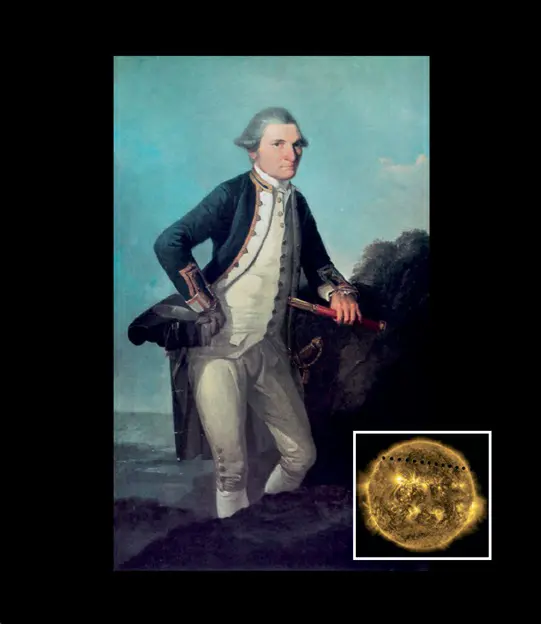In the realm of maritime exploration, the eighteenth century marked a unique blend of scientific curiosity and adventurism. One of the pioneering voyages in this era was led by Captain James Cook, commanding the British ship HMS Endeavour. This expedition, commissioned by the British Royal Society, had a profound objective beyond mere exploration: to observe the rare transit of Venus across the Sun in 1769.
This astronomical event, where Venus passes directly between Earth and the Sun, was crucial for calculating the Astronomical Unit – the average distance between Earth and the Sun. Transits of Venus are extraordinary, occurring in pairs separated by more than a century, with only a single pair occurring per century. The observation from Tahiti, situated remotely in the Pacific, was intended to provide a parallax view, offering a perspective vastly different from that in Europe.
Cook’s journey to Tahiti was not just a maritime exploration but a significant leap in astronomical study. The 1769 transit observation became the centerpiece of the world’s first extensive international scientific collaboration. Despite the era’s challenges, including wars and the complexities of long-distance sea travel, over 120 observers at sixty different locations globally joined in this scientific endeavor.
The combined efforts from these observations yielded an astonishingly accurate measurement of the Astronomical Unit, aligning closely with modern values. Moreover, the transit provided insights suggesting that Venus might possess a dense atmosphere akin to Earth’s, propelling further curiosity and study about our neighboring planet.
Captain Cook’s voyage aboard the HMS Endeavour thus stands as a testament to the burgeoning spirit of scientific discovery that began to take hold in the world of exploration, intertwining the quest for new lands with the pursuit of knowledge about our universe.

